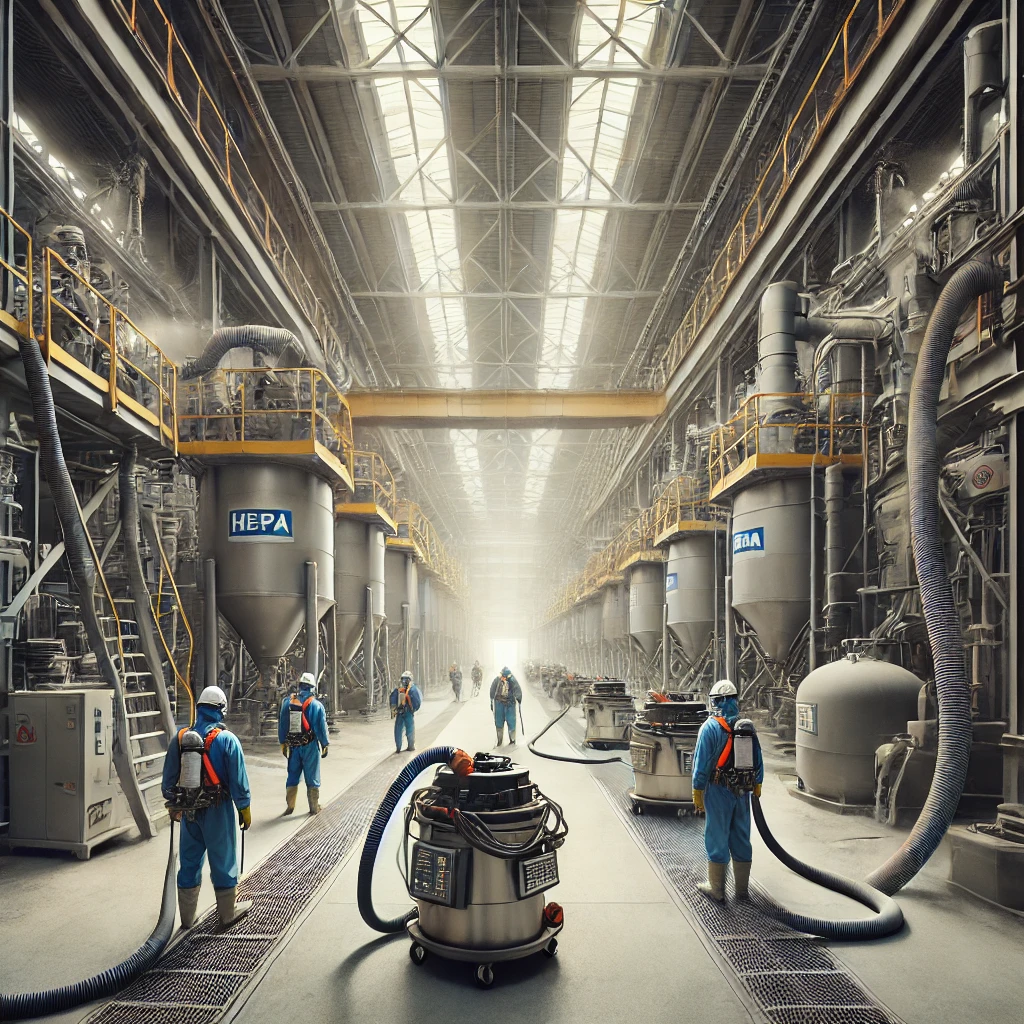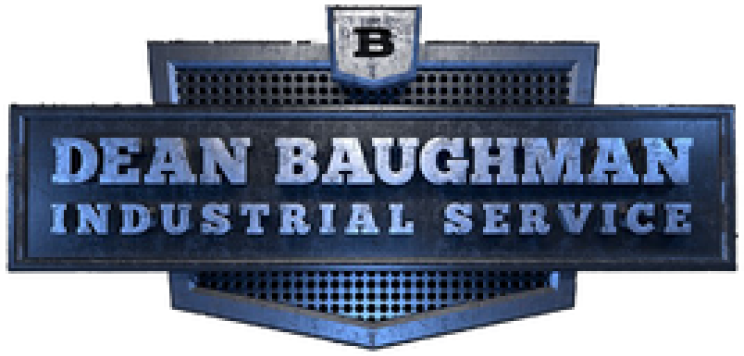
Why Manufacturing Facilities Need Dust Remediation & Explosion-Resistant Coatings
The Hidden Danger: Combustible Dust in Manufacturing Facilities
Manufacturing facilities are critical to various industries, but they also face significant safety risks. One of the most overlooked yet hazardous threats is combustible dust accumulation. Industrial dust, when left unchecked, can ignite, leading to catastrophic explosions, costly damages, and even loss of life.
Ensuring workplace safety requires proper dust remediation services and explosion-resistant coatings to minimize risks and maintain compliance with safety regulations. In this article, we explore the dangers of industrial dust, regulatory requirements, and the most effective solutions to keep facilities safe and operational.
The Risks of Dust Accumulation in Factories
How Dust Becomes a Safety Hazard
Industrial processes such as grinding, cutting, sanding, and material handling generate fine dust particles that accumulate on surfaces, machinery, and in the air. If left unaddressed, these dust particles can:
- Create fire hazards – Combustible dust can ignite when exposed to heat, electrical sparks, or friction.
- Compromise air quality – Poor air circulation can cause respiratory issues for workers.
- Reduce equipment efficiency – Excessive dust build-up can damage machinery and reduce performance.
- Violate OSHA & NFPA compliance – Regulatory bodies require strict dust control measures to prevent workplace hazards.
Regulatory Requirements: OSHA & NFPA Compliance
The Occupational Safety and Health Administration (OSHA) and the National Fire Protection Association (NFPA) set strict guidelines for dust control in industrial environments. Key regulations include:
- OSHA’s Combustible Dust National Emphasis Program (NEP) – Enforces inspections of workplaces prone to dust hazards.
- NFPA 652: Standard on the Fundamentals of Combustible Dust – Provides general requirements for dust hazard analysis and safety practices.
- NFPA 654: Standard for the Prevention of Fire and Dust Explosions – Offers guidelines for mitigating explosion risks in chemical and manufacturing plants.
- Failure to comply with these regulations can lead to fines, shutdowns, and legal liabilities.
Case Studies: Real-World Industrial Explosions
- Imperial Sugar Refinery (2008) – A massive dust explosion in Georgia resulted in 14 deaths and 36 injuries, exposing the dangers of neglected dust management.
- West Pharmaceutical Plant (2003) – A dust explosion killed six workers and caused over $150 million in damages.
- Didion Milling Plant (2017) – A grain dust explosion led to five fatalities and prompted OSHA to issue severe penalties.
These incidents highlight the importance of proactive dust remediation and the application of explosion-resistant coatings to prevent future disasters.
The Role of Dust Remediation Services
How Dust Remediation Improves Safety
Professional dust remediation services involve thorough cleaning, vacuuming, and removal of hazardous dust from industrial spaces. Key benefits include:
- Fire hazard reduction – Eliminates combustible dust buildup before it becomes a risk.
- Improved air quality – Enhances workplace safety by reducing airborne contaminants.
- Extended equipment lifespan – Prevents machinery breakdowns caused by excessive dust accumulation.
- Regulatory compliance – Helps businesses meet OSHA and NFPA standards.
Best Practices for Industrial Dust Cleaning
- High-Efficiency Vacuuming – Using explosion-proof vacuums for deep cleaning.
- HEPA Filtration Systems – Capturing fine dust particles from the air.
- Surface Treatment – Applying protective coatings to prevent future dust adhesion.
- Regular Inspections & Maintenance – Ensuring continuous compliance and safety.
How Explosion-Resistant Coatings Prevent Disasters
What Are Explosion-Resistant Coatings?
Explosion-resistant coatings create a protective barrier on surfaces, reducing the risk of fire and structural damage caused by dust explosions. These coatings are designed to:
- Withstand extreme heat and pressure
- Minimize surface flammability
- Increase durability of industrial surfaces
Benefits of Applying Protective Coatings
✔ Prevents Surface Ignition – Reduces the likelihood of dust fires and explosions. ✔ Enhances Structural Integrity – Protects walls, floors, and machinery from damage. ✔ Easy to Maintain – Resistant to chemicals, abrasions, and industrial wear. ✔ Long-Term Cost Savings – Reduces maintenance costs and increases facility lifespan.
Industries That Benefit from Explosion-Resistant Coatings
- Manufacturing & Warehousing – High-risk environments prone to dust accumulation.
- Food Processing Plants – Ensures compliance with FDA and OSHA regulations.
- Chemical & Pharmaceutical Plants – Reduces flammability risks in sensitive production areas.
- Energy & Power Plants – Protects surfaces from high heat and hazardous materials.
Real-World Success: Dust Remediation & Coatings in Action
Case Study: Industrial Facility Transformation
Challenge: A large-scale manufacturing plant struggled with excessive dust buildup, leading to repeated safety violations and equipment malfunctions.
Solution: The facility partnered with Dean Baughman Industrial Services for a full dust remediation and protective coating application. The project included:
- Industrial vacuuming & deep cleaning of all surfaces.
- Application of fire-resistant coatings on walls and ceilings.
- Implementation of an ongoing dust control maintenance plan.
Results:
- 100% compliance with OSHA & NFPA regulations.
- 50% reduction in maintenance costs.
- Zero safety incidents reported after remediation.
Take Action: Ensure Your Facility’s Safety Today
Industrial dust hazards should never be ignored. Protect your facility, workers, and equipment with expert dust remediation and explosion-resistant coatings from Dean Baughman Industrial Services.
📞 Schedule a Free Facility Assessment Today!
🔹 Call Us: (260) 580-8868
📩 Email: carson@deanbaughman.com
🌐 Visit: www.deanbaughman.com
By investing in dust remediation and protective coatings, you’re ensuring a safer, more efficient, and compliant manufacturing environment. Don’t wait until it’s too late—contact us today!
